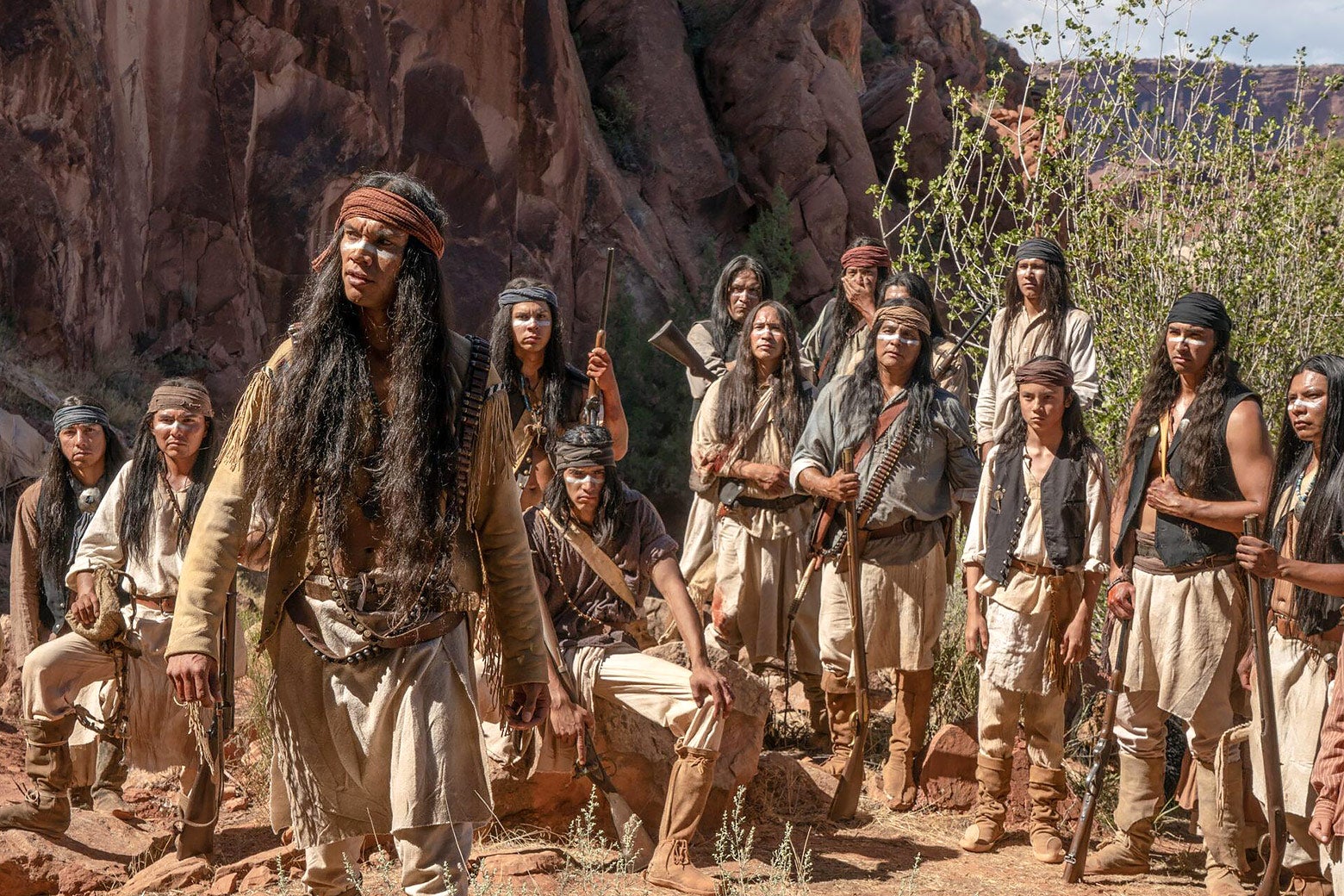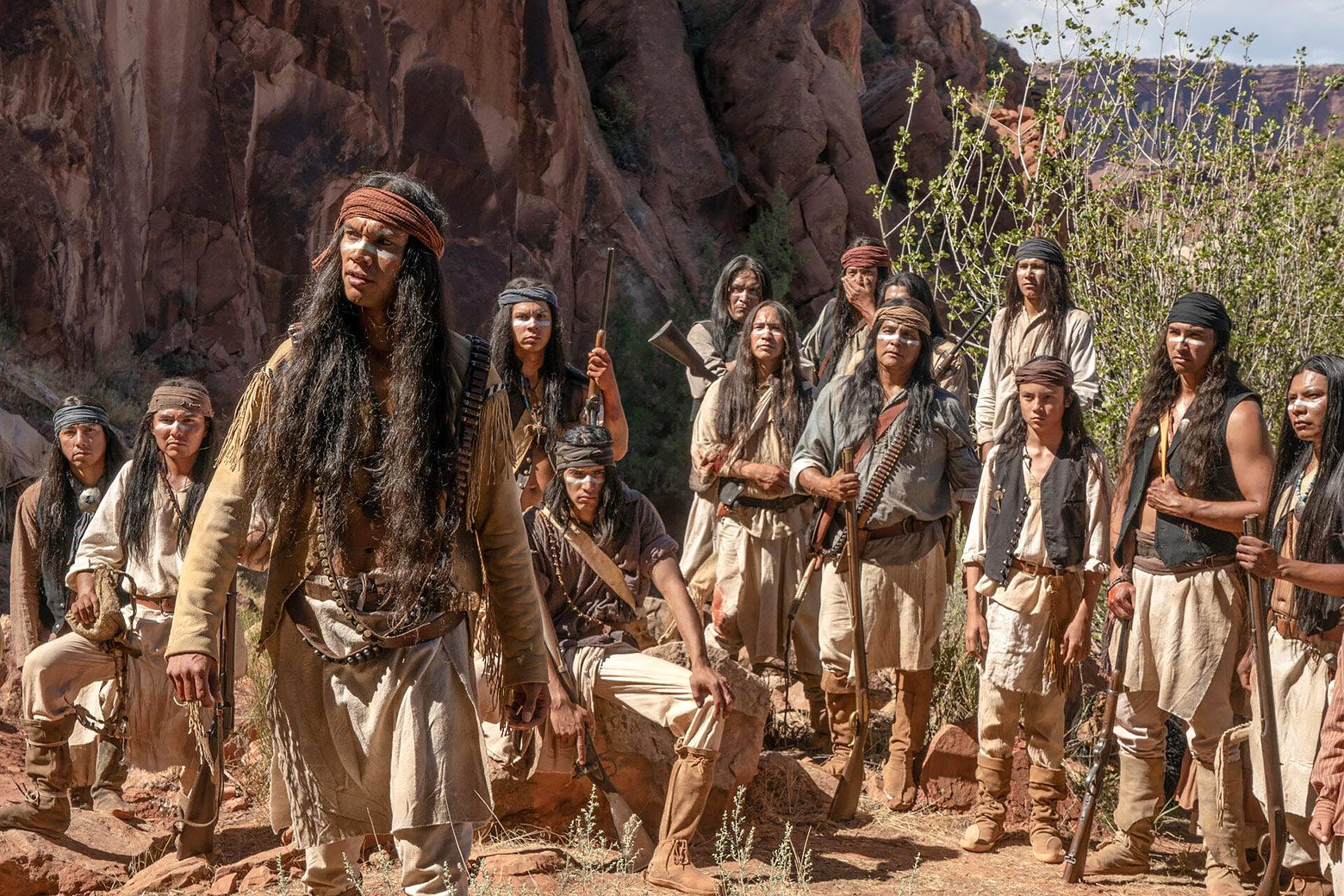
In the vast expanse of American history, the Western genre holds a unique place in our collective consciousness. It tells tales of courage, resilience, and the indomitable human spirit as settlers ventured into uncharted territories. Recently, Kevin Costner returned to this genre with his ambitious project, Horizon: An American Saga. The first installment of this four-part series premiered amidst high expectations and significant investment from Costner himself.
Costner's dedication to the project was evident as he invested around $38 million to $50 million of his own money into its production. His goal was to create an episodic drama akin to his successful TV series, Yellowstone. However, the box office returns for Horizon: An American Saga have been less than impressive.
Despite the initial underperformance at the box office, it's essential to remember that movies and television are two distinct mediums. Movies offer a more immersive experience with their larger-than-life storytelling and visual spectacle. In contrast, television provides a more nuanced exploration of characters and themes over an extended period.
Horizon: An American Saga is set against the backdrop of the Civil War era expansion and settlement of the American West. The series explores various aspects of this tumultuous time, including Native American representation, strife between tribes, and Western expansion. Let's delve deeper into some intriguing facts from different sources to better understand this complex narrative.
According to one report, Costner's character Hayes Ellison is defined by his charcoal blue cowboy hat with a tall crown. This distinctive accessory sets him apart and becomes an essential part of his silhouette. Meanwhile, Marigold, played by Abbey Lee, wears a striking mauve dress in the first movie.
The costume designer for the series, Lisa Lovass, conducted extensive research to ensure authenticity. She took notes immediately after reading the script and researched locations and characters' lives extensively. Wagon train members had limited clothing: men had two jackets, pants, shirts, and socks while women wore rugged clothes with pants underneath their skirts.
Another source reveals that Pionsenay (Owen Crow Shoe), a Native American leader in the series, decides to break away from his Chief and create a new tribe. The strife between tribes is brought about by Westward expansion and contact with other tribes.
These facts provide valuable context for understanding the complexities of Horizon: An American Saga. They highlight the importance of authentic representation, attention to detail, and the impact of historical events on various communities.
As we continue to explore this intriguing series, it's essential to remember that movies and television serve different purposes. Movies offer a more immersive experience with their larger-than-life storytelling and visual spectacle. In contrast, television provides a more nuanced exploration of characters and themes over an extended period.
Horizon: An American Saga is an ambitious project that requires patience and dedication from its audience. By delving deeper into the facts presented in various sources, we can gain a better understanding of this complex narrative and appreciate the rich historical context it provides.



:max_bytes(150000):strip_icc()/horizon-owen-2-062524-62c032eb946249b79f01ce59f0929d27.jpg)


